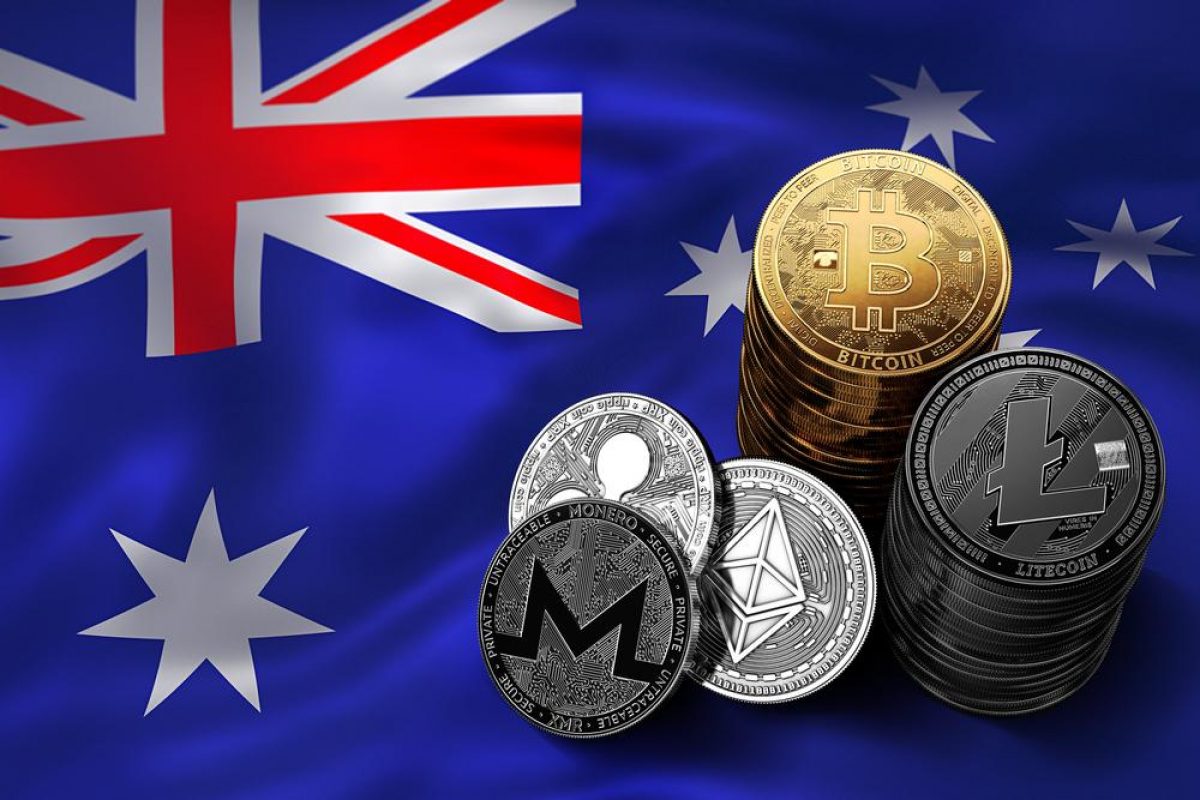As an at-home crypto miner, I constantly monitor and research regional variations across markets to determine where and how to target my mining equipment for maximum profitability. In this comprehensive guide, we’ll analyze distinctions between the top two global crypto trading hubs – the United States and Australia.
Key Takeaways
- The US dominates in market size at $4 trillion but Australia shows rapid growth now at $350 billion
- The US regulatory environment remains complex while Australia has implemented clear crypto frameworks
- The US leads in asset diversity with over 19,000 coins but Australia incentivizes tokenized innovation
- Self-custody prevails in the US while Australia balances control with insured custodial options
- The US trades crypto 24/7 enabling constant liquidity as Australia trades during set business hours
Comparison Table
| Dimension | United States | Australia |
|---|---|---|
| Market Size | $4+ trillion | $350 billion |
| Regulatory Clarity | Unclear across agencies | Clear guidelines via ASIC |
| Asset Diversity | 19,000+ coins and tokens | Focus on major coins but growing |
| Preferred Custody | Individual wallets | Insured custodial services |
| Trading Hours | 24/7 | Day sessions weekdays |
Regulatory Environments: Clarity vs Uncertainty
The regulatory climate significantly colors a crypto market’s stability and trajectory by influencing institutional and retail engagement. Here we discover a key divergence.
The US maintains a complex regulatory landscape with unclear jurisdictions between agencies like the SEC and CFTC. This results in reactionary guidance around crypto often lagging innovation. For miners, regulatory uncertainty poses concerns over future legality, taxes and licensing obligations.
Conversely, Australia has implemented concise frameworks with its Australian Securities and Investments Commission (ASIC) providing direct oversight into the crypto industry. By taking a transparent and nurturing regulatory stance, Australia fosters participation from traditional finance while protecting investors – creating ideal fertile grounds for growth.
Accessible Assets and Opportunities
Beyond regulations, miners scout for assets matching their mining hardware and risk appetites across platforms hosting an array of offerings.
The US undoubtedly leads in asset diversity with over 19,000 coins and 480 exchanges facilitating investment into everything from Bitcoin to memecoins, stablecoins, NFTs and more. While many niche assets stay highly volatile, the sheer breadth allows miners to pivot across profitability cycles.
Australia limits crypto tax relief benefits only to Bitcoin and other approved major assets. But the country punches above its weight fostering innovation around tokenized securities and DeFi growth. With compliant parameters in place rather than attempting to squash development, Australia’s environment lets miners access tested assets while incentivizing Australians to participate.
Custody Models: Control vs Convenience
With large crypto holdings accrued through mining, evaluating each market’s preferred ownership models becomes imperative to balance security against usability.
America’s crypto investment ecosystem nurtures the original cryptocurrency ideals of decentralization and financial independence. As a result, practices of self-custody with private wallet keys prevails, especially for long-term holdings. This maximizes control for miners, allowing integration with decentralize finance (DeFi) applications to further capitalize holdings. However, self-custody also demands technical security competence from miners to avoid losing keys.
On the other hand, Australia harbors a friendlier landscape towards custodial services with exchanges like Independent Reserve providing insured and regulated custody options for Aussie investors and miners less comfortable self-managing volatile assets. While convenient, dependence on centralized intermediaries undermines cryptocurrency philosophies of financial autonomy.
Trading Behaviors: Always-On vs Day Sessions
The timing and tempo of actual crypto trading also diverges between the American and Australian markets. These patterns impact miner decisions surrounding liquidations, equipment usage shifts and monitoring strategies.
The US hosts a globally-integrated, always-on marketplace with investors across timezones reacting to minute-by-minute developments. This facilitates constant liquidity but also requires miners closely track perpetually moving markets.
Australia’s trading occurs predominantly during set daylight business hours on weekdays. For miners, this localized ebb and flow provides structured daily windows to analyze data and execute transactions. However, the limited hours also introduce wider spreads between bid and ask prices.
The Road Ahead: Innovation vs Maturity
As miners make strategic decisions allocating resources, gauging where each market stands heading into the future proves prudent.
The SEC expects the US crypto market to reach $5 trillion by 2030. Continuous technological breakthroughs around decentralized infrastructure and the Biden administration’s openness towards establishing clear regulations signal optimism. However, political wavering leaves progress up in the air.
Australia’s growth trajectory seems more locked in thanks to proactive crypto rules already set by ASIC along with expanding public adoption. With 8% of Aussies currently owning crypto compared to 13% of Americans, Australia’s mainstream penetration still has room to grow. As Web 3 layers build on crypto foundations, Australia’s accommodating but disciplined approach could make it a focal point for blockchain innovation.
For miners like myself spread across global pools, understanding regional variations aids in navigating this dynamic industry. Whether prioritizing cutting-edge opportunities in the US or mature progress in Australia, by selecting environments suiting needs, miners can thrive across borders.
Stay Informed on Leading Crypto Markets Subscribe to get the latest crypto news, mining tips, hardware reviews, regulations, analytics and more! Join the Residential Miner community.
Frequently Asked Questions
Which crypto market is currently bigger? USA or Australia?
The United States maintains the world’s largest crypto market at over $4 trillion compared to Australia’s estimated $350 billion market.
Which country has clearer crypto regulations?
Australia has taken a proactive regulatory stance via its securities agency ASIC, providing concise guidance. The US remains ambiguous across conflicting federal agencies.
Where can I access a wider variety of crypto assets?
The US hosts over 19,000 tradeable cryptocurrencies across leading exchanges like Coinbase that dwarf Australia’s variety.
Which market leans more towards self-custody?
America’s crypto investment environment nurtures ideals of decentralization and independence that manifests in prevalent self-custody of assets using private wallets.
Which country trades crypto more often?
The US exchanges crypto across Sunday to Sunday featuring constant liquidity for 24/7 trading catering to global investors.
Which market shows greater growth potential ahead?
While the more mature US Represents the primary innovator, Australia’s intentional blockchain-friendly regulatory climate makes it poised for leading emerging developments.














